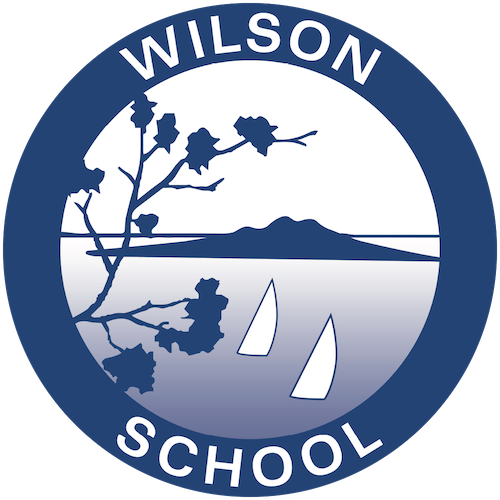Individual Education Plans (IEPs) & Transition Plans
Wilson School’s IEP and Transition Planning process is designed to provide a personalised learning and development pathway. The process is designed to be collaborative and encourages whānau, teachers, and therapists to work and plan together to support each learner to achieve. The document sets in place the way in which the school intends to help the learner to address their priortised needs within the educational framework of the school, i.e. the New Zealand Curriculum and Key Competency Pathway or Adult Curriculum.
|
Each IEP will contain goals for –
|
Each Transition Plan will contain goals linked to the Adult Curriculum –
|
Broken down into the simplest form –
- Literacy is about communication: whether this be written, verbal, signed or symbolic.
- Mathematics is ‘the language of life’ e.g. helping students to understand space and distance is as important to someone who has limited reach or cognitive functioning as budgeting skills are to a more able student.
- Key Competencies are capabilities people have and need to develop, to live and learn today and in the future. These can link to Thinking, Relating to others, Using language symbols and text, Managing self, and Participating and Contributing.
An IEP or Transition Plan identifies the most important areas of educational need for each learner. Initially, longer-term aspirations are decided on before being crafted into more specific learning intentions. Each smaller learning intention should be challenging but achievable within one term. Goals are incorporated into every learner’s daily programme. They do not sit alone, out of context, or isolation. Full access to the curriculum is still provided, however, this plan identifies important areas to focus on.
The IEP or Transition plan is the responsibility of the class teacher, supported by the Leadership Team. Alongside this document will be a Therapy Programme Plan. This will outline the work the Therapy Team are intending for the year. It will contain a summary of the previous year’s assessment, intervention, and progress and will then identify goals for the coming year.
This plan will focus on –
| Communication (Expressive, Receptive, Social) |
Physical Function (Positioning, Adaptations, Mobility, Gross Motor, Fine Motor) |
| Self-Care (Eating, Personal care, Dressing) | Self-Management & Emotional Regulation |
These focus areas are flexible, some students may need support with all elements, some with only a couple.
Our IEP & Transition Plan Timeline
| Term 1 |
|
| Term 2 |
|
| Term 3 |
|
| Term 4 |
|
